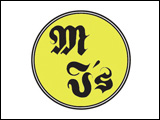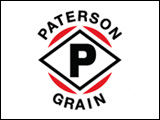Swine producers are being advised to monitor feed quality and watch the performance of their herds to avoid any problems associated with fusarium head blight-infected feed grains.
Fusarium head blight infects primarily cereal crops producing a mycotoxin that reduces end use quality of the grain.
Preliminary data has shown the unusually warm wet 2010 growing conditions have resulted in higher than normal levels of fusarium, especially winter wheat.
University of Manitoba animal science professor Dr. martin Nyachoti says we should not exceed one part per million of the mycotoxin in the complete feed.
I would think if producers suspect contamination of the grain the first thing is to submit a sample, at least get it tested to get an idea of what levels of DON one is dealing with.
That way then we can formulate the diets accordingly not to exceed that one PPM in the compete diet.
It’s probably important to observe the animals carefully if you suspect the presence of mycotoxins or DON in the diets.
Try to see how the animals are behaving, whether they are dealing with it or not. because there is a lot of anecdotal evidence that pigs in different herds will actually deal with higher DON levels than in some farms and we think that what’s causing this variability is what else might be either on the farm in terms of health or in terms of other toxins that might be present in the feed that act to worsen their responses to DON so it’s important to observe you own animals and see exactly how they are behaving.
The other option is if possible is then to blend the contaminated grain with a clean grain to being down the concentration of DON in the final feed.
Dr. Nyachoti says the impact of DON on pig performance will vary depending on a range of factors but some reviews have indicated that for every one part per million increase you’ll see about a seven and a half percent reduction in feed intake.
Source: Farmscape.Ca



